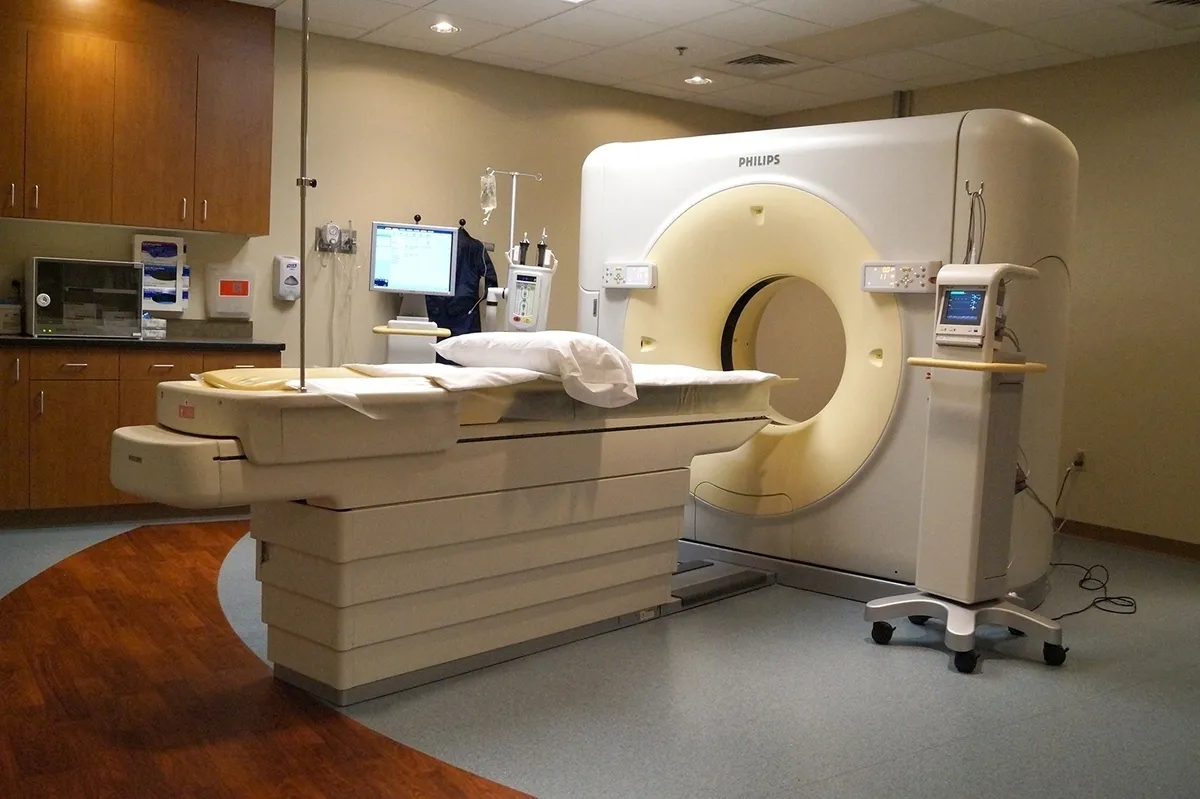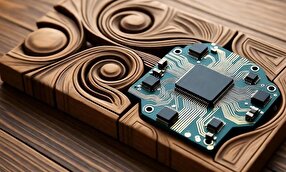Iran-Made System Diagnoses Cerebral Hemorrhages in Modality with AI

“This system was implemented by processing 30,000 CT scan images (equivalent to data from 5,000 patients) and is able to detect normal and abnormal images with high accuracy,” Mohammad Afshari, a graduate of Kashan University of Medical Sciences and head of the research team, told ANA.
He added that the initial goal of the project was to detect hemorrhagic strokes, but it can also be expanded to other diseases like Alzheimer's and MS, adding that it reduces the time for doctors to analyze images and prevent human errors.
“Using this technology in Iran can significantly increase the speed of disease diagnosis and reduce treatment costs through early detection,” Afshari said.
In a relevant development in October, an Iranian knowledge-based company had also succeeded in completely indigenizing industrial CT scan machines which reduces up to 50% of costs compared to imported products.
“This device is widely used in the detection of material defects and measurement science. In this device, the material is scanned layer by layer, and thus its internal parts can be seen by the researchers,” said Abbas Mohammad Kazzemi, the managing director of the knowledge-based company.
“This method is used for various industrial parts, including metals, cast parts, electronic parts, etc. The industrial CT scan machine is able to produce a three-dimensional image of different parts and has the possibility of scanning the object at different points in different angles,” he added.
“Also, using this device, it is possible to prepare a 3D plan of the part for mechanical engineering software. This device can be used for reverse engineering and redesign of various parts and non-destructive testing of industrial parts and equipment,” Kazzemi said.
CT scanning can detect internal features and flaws displaying this information in 3D without destroying the part.
4155/v





















